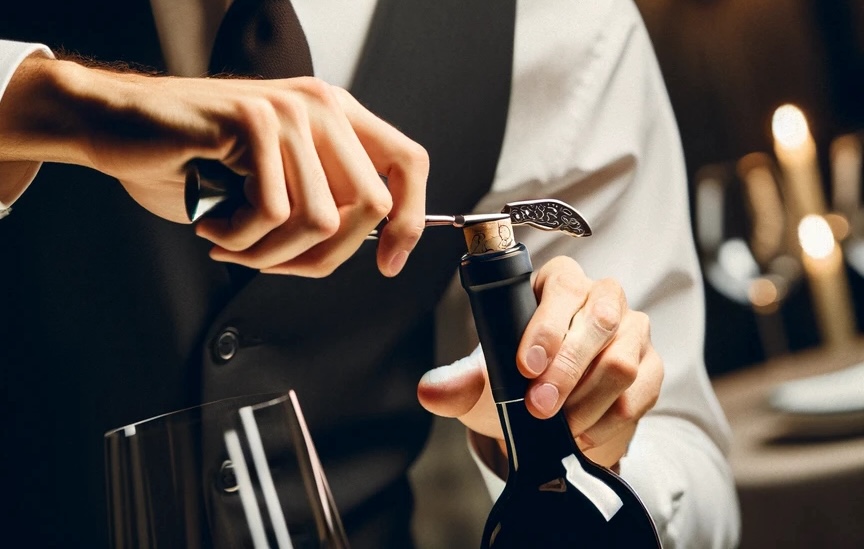The world of wine is steeped in rituals that elevate the experience of enjoying a glass, often without us even realizing it. From the correct chilling of the bottle to the ceremonial uncorking and the art of tasting, these rituals add a layer of significance to wine drinking that enhances our appreciation.
The Importance of Temperature
The temperature at which wine is served is crucial to fully appreciating its quality and nuances. Each wine style has its own ideal temperature range that showcases its best features. However, there are myths around chilling wine too quickly, fearing it might shock the wine. Scientifically, a rapid change in temperature does not harm the wine, though freezing should be avoided. Quick chilling methods, such as wrapping the bottle in a wet towel and placing it in the freezer or immersing it in an ice bath with salt, are effective without causing damage. For red wines, the traditional room temperature recommendation originates from a time when room temperature was around 15-18°C (59-64°F), not today’s warmer indoor climates. Thus, even red wines benefit from slight chilling to reach their ideal serving temperature, especially lighter reds like Pinot Noir during the summer months for a refreshing experience.
Opening Wine with Care
Opening a bottle of wine can also be seen as a ritualistic act, especially when it involves older wines that may require decanting. While many wines still come with cork closures, the tools for opening them have evolved to include knives for cutting the foil and various corkscrews designed to remove the cork without damaging it. For older wines, where the cork may be more fragile, specialized openers like the Durand have been developed to prevent the cork from crumbling. In cases where the cork might break, special heated tongs can be used to cleanly remove the bottle’s neck, a technique often seen with very old bottles of port or Rioja.

The Art of Tasting
Tasting is perhaps the most ritualistic aspect of enjoying wine, offering a moment of equality before the bottle, whether you’re a seasoned professional or a passionate enthusiast. The ritual involves observing the wine’s color, swirling to release its aromas, and then deeply inhaling to appreciate its bouquet. Tasting allows the wine to interact with air in the mouth, enhancing the perception of its flavors, acidity, sweetness, and tannins. This process enables a comprehensive evaluation based on sensory experiences.
In conclusion, rituals are an integral part of the wine world, accompanying it through unchanged forms despite the evolution of wine consumption. These practices, whether performed consciously or not, enrich our daily interactions with wine, making it nearly impossible to separate the two. As we see, rituals not only preserve the gravitas of wine drinking but also enhance our enjoyment and understanding of what we’re drinking.





